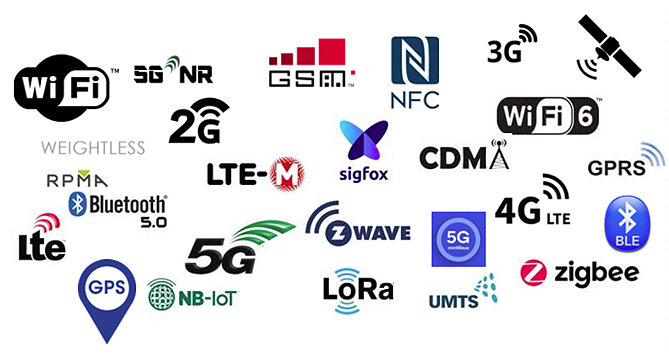Don’t get lost while roaming
- February 12, 2021
- Steve Rogerson
Should it really be as complicated as this, asks IMC executive editor Steve Rogerson

I remember in 2007, while attending an event in Japan, the frustration when I discovered that I could no longer text my then partner in England. I have been back to Japan twice since then and this is a problem that no longer happens. As mobile networks have moved through the various generations, glitches and incompatibilities when it comes to roaming have for the most part been eliminated.
Sadly, this is still not true in the world of connected devices where various communications standards and connectivity methods have created a complex landscape that those wishing to monitor goods or people across national borders have to navigate.
I was reminded of this during a talk by Romil Bahl, president and CEO of Kore, at this week’s IoT Days Winter event organised by the IoT M2M Council (IMC). Bahl referred to what he called “connectivity chaos” and put up a slide (pictured) full of abbreviations and acronyms that are just a percentage of all the standards and protocols that are out there.
He said most people would look at this and say: “Oh my God, what am I supposed to do next? Do I have to get an engineering degree just to make sense out of connectivity?”
Thankfully, the answer is no, but not because it is not as complex as it looks – it is probably more complex – but because there are companies that will take you by the hand and guide you through the maze.
Bahl, along with others at the event, is a big fan of the eSIM, or embedded SIM card, as a good starting point. Unlike a conventional SIM card, this is embedded into the device from that start and users can, over the air, download profiles depending on where the device is being used.
“It is brilliant,” said Bahl, saying that manufacturing companies putting commercial products out there need to think about embedding from the beginning. They need to be thinking eSIM.
The problem this is starting to solve is that our industry has made IoT fundamentally hard to adopt. In what Bahl called a “nutty process” companies have to deal with a massively fragmented world with various compliance and regulation issues, interoperability and compatibility difficulties, and a changing landscape in terms of standards. Look at cellular. While the transition to 5G is moving slowly, it is a long way from being ubiquitous and the older 2G, 3G, 4G and so on are still out there, in some places.
But there are countries that have already turned off 2G. Others are thinking about it. Manufacturers have thus to make devices with fall-back capabilities. And it doesn’t stop there. Syed Zaeem Hosain, CTO of Aeris Communications, said some manufacturers were skipping 3G as that was also due to go on the chopping block in a few places.
On top of that, the right roaming agreements need to be in place or you could find yourself being cut off, a problem addressed at the event by Ajay Joseph, CTO at iBasis. Some operators have limits to how long you can stay as a roamer. The local operator could be sensitive to certain use cases, especially if they have their own sales teams selling directly into that vertical. This doesn’t exactly incentivise them to helping with your difficulties. Plus the current growth is in the low-power LTE-M and NB-IoT fields, and these might not yet be supported by a local operator.
I am fairly sure these days that my mobile phone will work wherever I take it in much the same way it does at home. Sadly, companies deploying global IoT devices cannot do so with the same confidence. But, thankfully, there are companies out there willing to be your guide.




